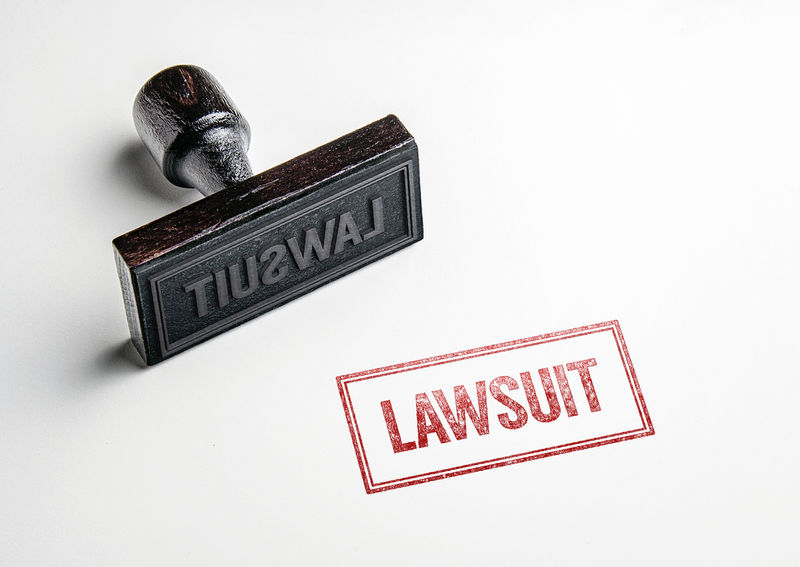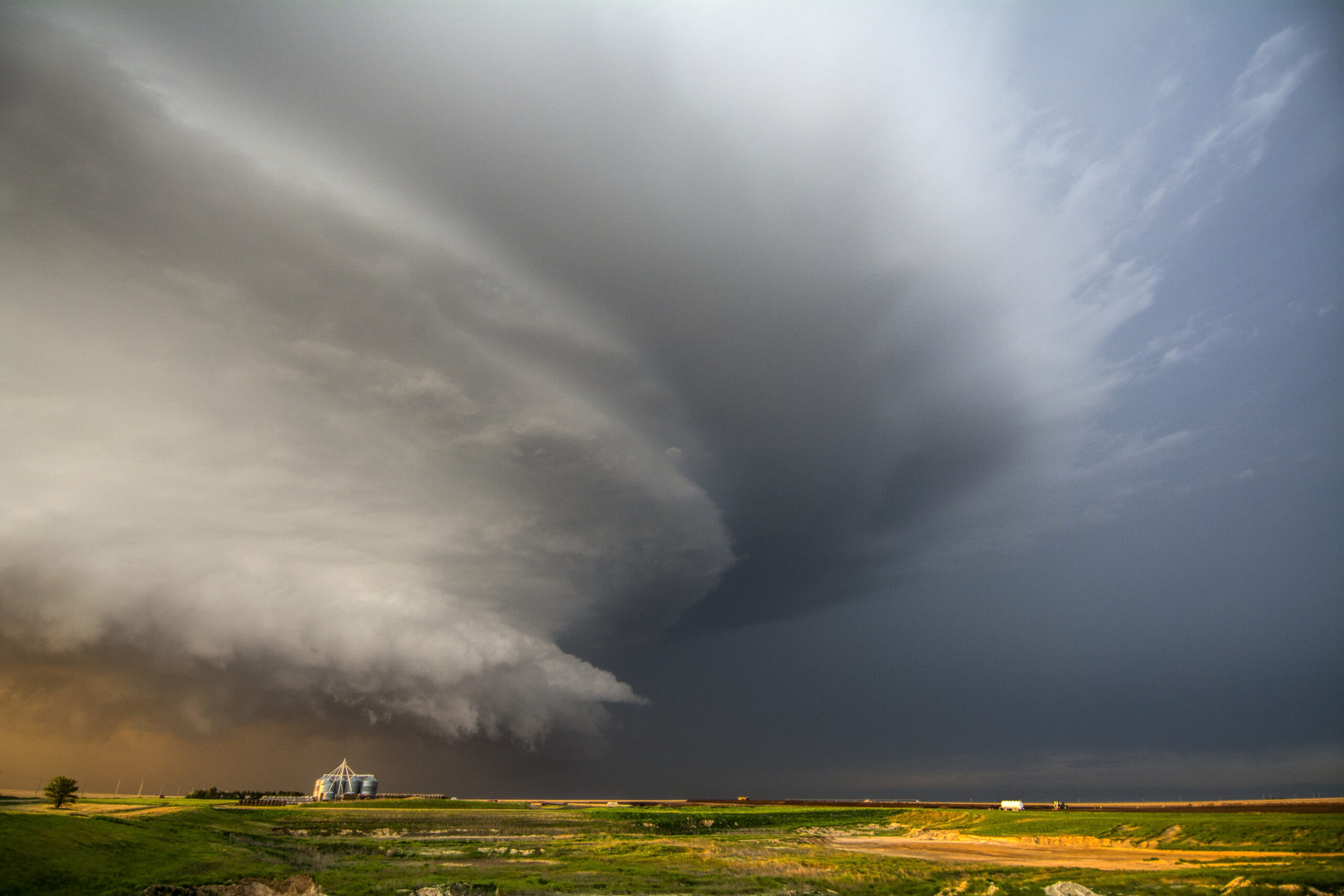Last month a federal court ruled that a class action lawsuit against State Farm can move forward. The outcome of the case would directly impact over 65,000+ policyholders in the state of Kentucky, where underpaid insurance claims go back to 2014.
How and why did so many insurance claims go underpaid for over 10 years? The answer lies in a combination of problems that policyholders across the U.S. face: vague state laws that do little to protect policyholders, complicated estimating software known as Xactimate, and untrained people employed by the insurance company.
Underlying Issues Contribute To Underpaid Claims
Property damage insurance claims are inherently complicated. There are several types of policies (replacement cost vs actual cash value), all with different coverage limits, exclusions, limitations, deductibles and more. In addition, state and local laws can vary on how and when a claim must be paid, how the payment calculation is figured and who is responsible for “proving” the loss.
To make matters worse, most policyholders are unaware of how the insurance claim process works. Experts, like roofing and restoration contractors, who would normally be “on their side” have been removed from the equation altogether due to UPPA laws and limitations.
With so little news coverage on “bad faith” insurance claims and even less state regulation on big insurance carriers, it really isn’t unreasonable for policyholders to think that their insurance company would be “like a good neighbor” and help once a claim was filed.
Unfortunately, it was a combination of all these three things that led to the systemic underpayment of 65,000+ policyholders over the past 15 years in Kentucky and even more across the country.
Missed Calculations In Xactimate On Labor Depreciation
Unskilled and untrained users who estimate and adjust insurance claims using Xactimate directly affect policyholders and often result in lower claim payouts.
Xactimate is a tool that is used by almost all insurance companies when determining the amount of damage and how much to pay once an insurance claim is filed. The program itself was created to streamline how damage estimates and calculations were written and recorded.
The only problem? In order for Xactimiate estimates to give proper claim totals the person inputting the data must be knowledgeable on how to use the program. In addition, the users must be aware of local, state and national laws that dictate how specific aspects of a claim are calculated.
According to the plaintiff attorney, State Farm adjusters only needed to “unclick” one box in order for claims to be paid correctly.
How property damage and depreciation is factored in an insurance claim is an ongoing issue for most states, but in Kentucky a state law was passed that prevents insurers from including labor depreciation costs when calculating the actual cash value of the claim. Despite a state law that prevents it from happening, State Farm included depreciation for both materials and labor.
From 2004 to 2017, State Farm improperly calculated the labor costs in Xactimate – a decision that led to the underpayment of 65,575 policyholders. The class action lawsuit was filed in 2017 by policyholders, some of which were underpaid $20,000 or more due to the error. In addition to the underpaid amounts, they are also seeking prejudgment interest which in Kentucky is 6% a year.
Who’s Protecting Who?
Insurance companies in the U.S. collect more than $1 trillion dollars in premiums every year from policyholders. Even if insurance policies were not binding contracts you would think that insurance companies would be there “like a good neighbor” when a claim needed to be filed. However, that is not always the case.
Part of the problem is that national and state laws do not treat carrier adjusters (employed by the insurance company) the same as independent adjusters (contracted by the insurance company, but not a direct employee). Training, education and experience is required to become an independent adjuster but not a carrier adjuster. That means there is no external checks-and-balances system in place to ensure the people estimating a claim actually know what they are doing.
Another example of how untrained adjusters can negatively impact policyholders is the aftermath of Hurricane Sandy from 2015. More than 100,000 claims had to be reopened after policyholders filed lawsuits that claims were underpaid. It was determined that inexperienced adjusters missed damage that should have been covered.
If a policyholder’s only course of action when an insurance company acts in bad faith is to file a lawsuit to get what they are fairly owned, are insurance companies really living up to their end of the deal? Follow us on Facebook and LinkedIn and tell us what you think.







